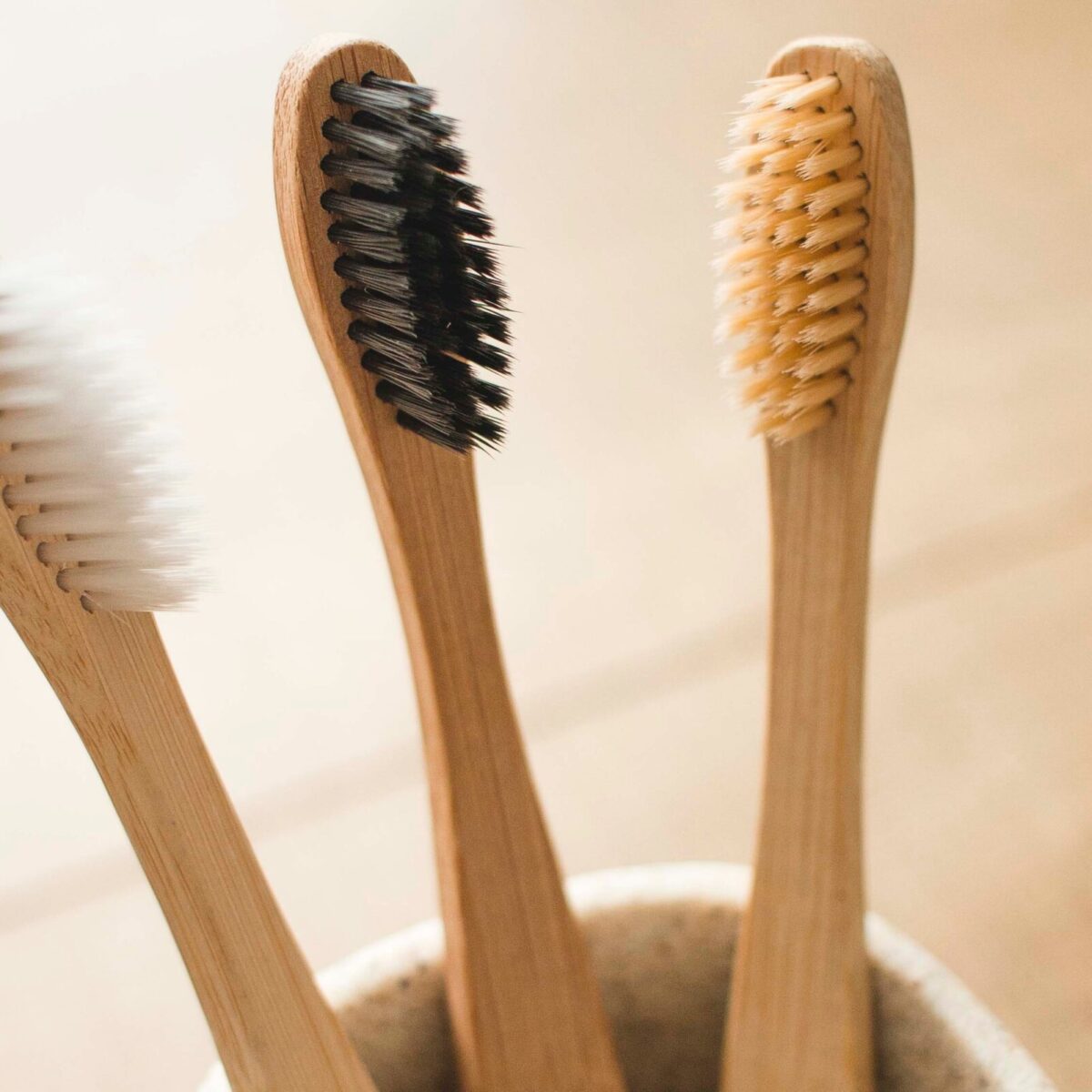Brushing your teeth is like second nature and is something we tend to not overthink. After all, when we brush twice a day, every day, we’d like to think that we’re doing everything correctly.
However, you may be brushing your teeth incorrectly and missing out on some very crucial steps, whether that be your brushing technique, type of toothpaste you use, not brushing for long enough or going too long without replacing your toothbrush.
We’ve collated a list of some of the dos and don’ts so that you can rest assured that you’re doing everything you can to keep your teeth and gums healthy.
The Dos
Use Fluoride Toothpaste
When buying toothpaste, we might not necessarily be looking out for the best brand and researching fluoride concentrations, with many of us picking out the most affordable option in the supermarket.
With that being said, the toothpaste you choose can have a huge impact on your oral health, and the most important factor is the fluoride content.
The fluoride in your toothpaste creates a protective coat around the enamel of your teeth to prevent damage from acid in the foods and drinks we consume. As the most important ingredient in toothpaste, fluoride strengthens the enamel and aims to prevent tooth decay and cavities – two things that are more common than you’d expect!
Fluoride also reduces the amount of acid that the bacteria on your teeth produce.
Choose a Suitable Toothbrush
Another product we tend to buy without much consideration is a toothbrush. The toothbrush we use can also vastly improve our personal dental care.
You may wish to choose an electric toothbrush that cleans better than a manual toothbrush.
Not only does an electric toothbrush make it more effective to remove plaque from the surfaces of your teeth, but it can also improve your oral health and make it easier to clean those hard-to-reach places between the teeth.
Brush for Two Minutes
Brush for two minutes, twice a day, every day. Try to brush each section of your mouth for 30 seconds in order to ensure you reach every corner and crevice of your mouth, for example, the upper right, upper left, lower right and lower left.
It’s crucial that you brush for two minutes, so we strongly recommend setting a timer or investing in an electric toothbrush integrated with a two-minute timer.
Use the Correct Brushing Technique
It’s always in the technique, so when brushing your teeth, tilt the brush at a 45-degree angle against the gum line and brush in small circular motions. This gives you a gentle clean that removes plaque and food debris stuck between the teeth.
One step that is often overlooked by patients is brushing the tongue. Brush the tongue during every clean to remove bad odours and bacteria stuck on the tongue.
Floss Every Day
Flossing might be something we think about every couple of weeks or months, but we should actually be flossing every day, before brushing our teeth. This is the best way to clean our teeth effectively!
Use dental floss (or interdental brushes) every day to clean the gaps between each tooth. You’d be surprised to see just how much bacteria and food debris you pick up through flossing!
Replace Your Toothbrush Regularly
Most of us know that we need to replace our toothbrushes every three months as a worn toothbrush doesn’t remove plaque very well.
However, you may be surprised to know that you should also replace your toothbrush (or toothbrush head) after recovering from a cold, virus or infection.
The Don’ts
Brush Too Hard
Avoid brushing too hard by using a soft toothbrush with gentle circular motions of brushing. Brushing too harshly can wear down the enamel that protects your teeth, and can also damage the gums. We advise you to avoid brushing from side to side, as this can scrape and damage the gums.
Most electric toothbrushes are supplied with an integrated motion sensor that detects when you brush too hard. With electric toothbrushes, you really don’t need to apply too much pressure – they do all the work for you!
Rinse After Brushing
After brushing our teeth, we might be tempted to spit out the toothpaste and then rinse with water to remove the remaining toothpaste residue. However, rinsing after brushing can wash away the fluoride which continues to help protect your teeth throughout the day.
Rather than rinsing, just spit out the toothpaste to allow the fluoride in the toothpaste to stay on your teeth.
Brush Straight After Eating
It may seem like common sense to brush soon after having your breakfast, however, doing this can actually cause damage to your teeth.
The acid in the foods we eat can soften the enamel, therefore, brushing too soon can damage the enamel – a protective coating that keeps our teeth in perfect condition.
Instead, wait at least 30 minutes after having breakfast before brushing your teeth. It’s also beneficial to rinse away food debris with a glass of water shortly after having your breakfast, also.
Share a Toothbrush
We’ve all gone away for a night or two and rushed into a panic after realising our toothbrush isn’t in the bag we packed.
However, we strongly advise that you never share a toothbrush with anyone else – not even a family member or close friend. Germs, bacteria and infections can easily be transferred when sharing a toothbrush, so if you can, it’s best to pop out to the shop to buy a replacement toothbrush.
Dental Care in London
We are an award-winning dental clinic with experience and a proven track record within the industry. Our dental practitioners are on hand to leave you in no doubt that you are receiving a friendly and impeccable service every time.
If you require a more urgent dental procedure or simply want a reliable, professional service to attend on a routine basis, then why not get in contact today? One of our friendly, expert team members would love to hear from you and get you on track to achieving the smile of your dreams.
- GERD and Your Teeth: Why you should see a dentist urgently - November 24, 2024
- When a broken tooth is considered a dental emergency - November 24, 2024
- How to prevent tooth decay in children - July 9, 2024



